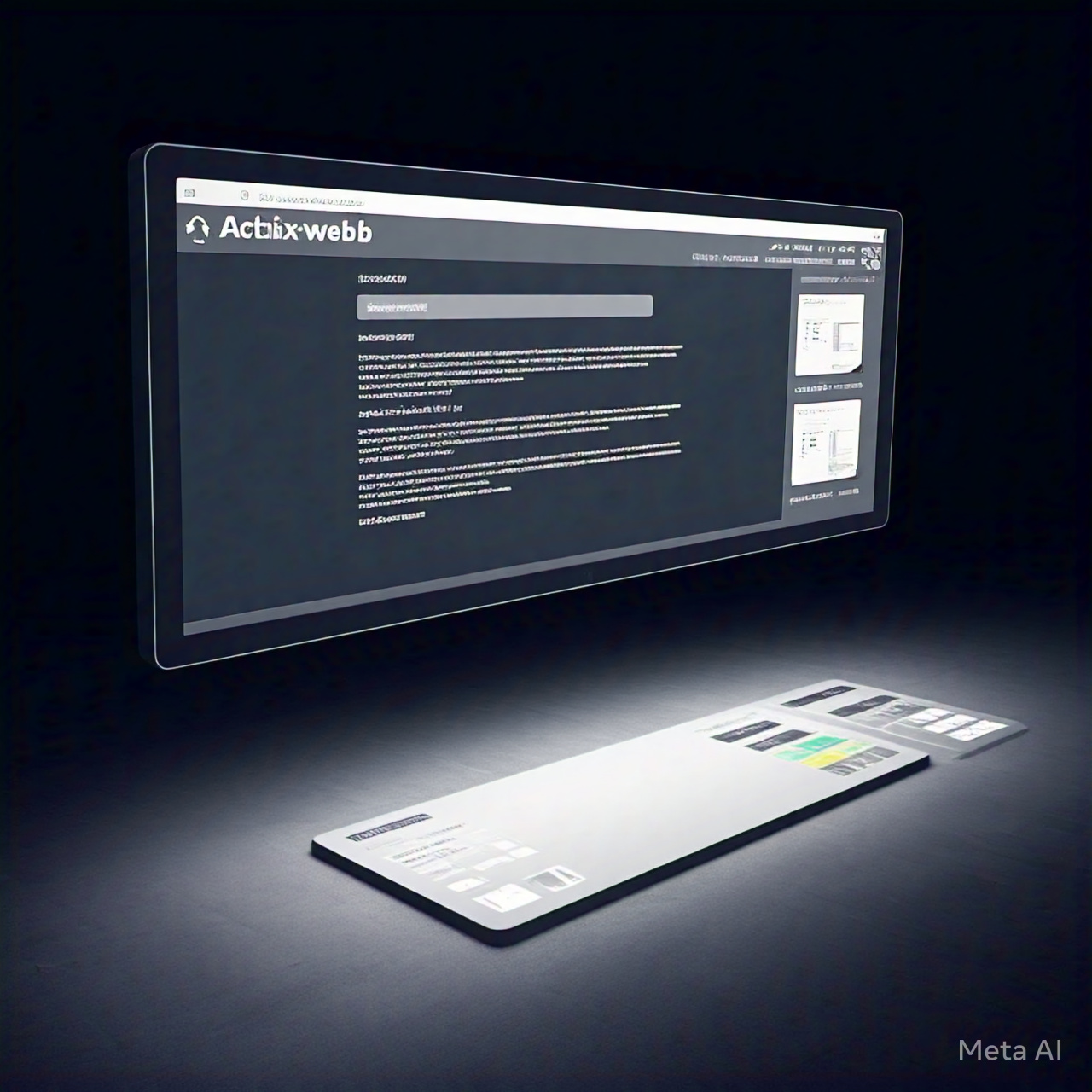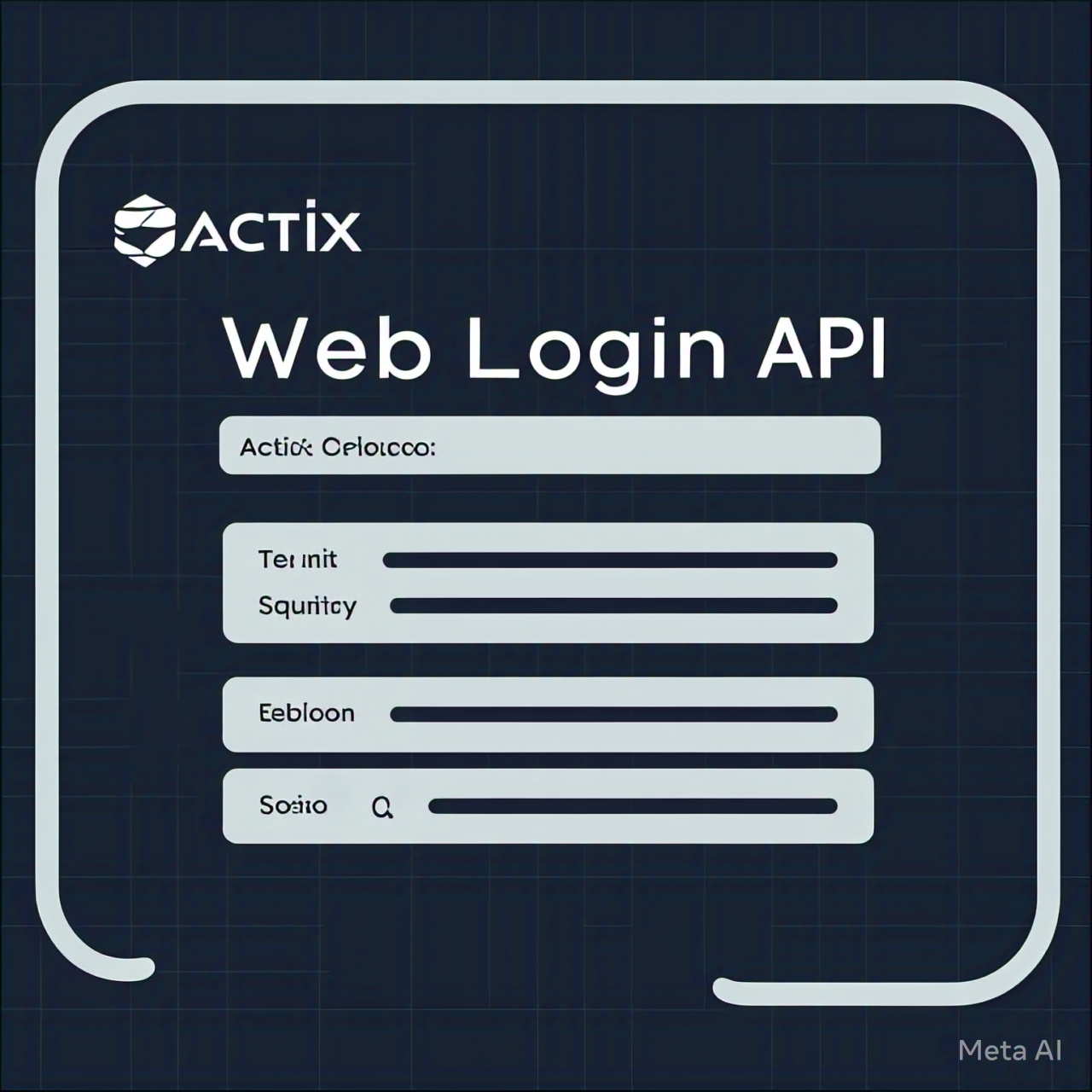In This Guide, We will create our first API which is user registration API using rust web powerful framework actix-web, sqlx, and postgresql. Let's start by installing and setting up postgresql.
Let's walk you through the process of installing PostgreSQL on various operating systems, setting up a database, and creating a table for an e-commerce application. Each command is explained to help beginners understand what they are doing.
To install and set up PostgreSQL, follow these steps based on your operating system:
1. Install PostgreSQL
On Ubuntu/Debian:
Update your package list:
Install PostgreSQL:
Start and enable the PostgreSQL service:
On CentOS/RHEL:
Enable the PostgreSQL repository:
Install PostgreSQL:
Initialize the database:
Start and enable the PostgreSQL service:
On macOS (using Homebrew):
Install PostgreSQL:
Start PostgreSQL:
On Windows:
2. Set Up PostgreSQL
Access the PostgreSQL Shell:
Create a New User and Database:
Step 2: Design the ecommerce_users Table
Here’s the schema for the ecommerce_users table with a UUID primary key:
Once The User 'usama' has been assigned roles and permissions to create new tables and data in 'ecomdb'. You can use below command to login to your database
psql postgres://username:password@localhost/db_name
My username is 'usama',
password is 'usama987'
db_name is 'ecomdb'
As above mentioned I am using a unique identifier (UUID) as primary key of my table therefore UUID-ossp extension should be created in our database
Finally I can create my first table ecommerce_users
\dt
Prerequisites
Before starting, ensure you have the following installed:
Step 1: Setting Up the Project
Add dependencies:
Open Cargo.toml and add the following dependencies:
These dependencies include:
Create a .env file:
This File name is .env (It has no extension). It is used to manage environment variables for project.
Create a .env file in the root of your project with the following content:
DATABASE_URL=postgres://username:password@localhost/db_name
Replace username, password, and db_name with your PostgreSQL credentials and database name. In my case it will written as
Step 3: Writing the Code
3.1. Database Connection Pool (src/db.rs)
Create a file src/db.rs to handle the database connection pool:
This function creates a connection pool to the PostgreSQL database using the DATABASE_URL environment variable.
Step-by-Step Explanation:
1. Imports (use statements):
2. Function Definition:
3. Getting the Database URL:
4. Creating the Connection Pool:
5. Returning the Pool:
Key Concepts Explained:
3.2. Models (src/models.rs)
Create a file src/models.rs to define the data structures:
This file defines two structs:
Step-by-Step Explanation:
1. Imports (use statements):
2. Defining the User Struct:
3. Defining the NewUser Struct:
Key Concepts Explained:
3.3. Authentication Handler (src/authentication.rs)
Create a file src/authentication.rs to handle user registration:
This function:
Step-by-Step Explanation:
1. Imports (use statements):
2. Function Definition:
3. Database Query:
4. Handling the Query Result:
Key Concepts Explained:
3.4. Main Application (src/main.rs)
Finally, update src/main.rs to set up the Actix-Web server:
Step-by-Step Explanation:
1. Module Declarations:
2. Imports (use statements):
3. Main Function:
4. Loading Environment Variables:
5. Creating the Database Connection Pool:
6. Setting Up the Actix-Web Server:
If you have successfully started your server, Let's Try to invoke this API by using below command
Key Concepts Explained:
Congratulations! 🎉 You’ve successfully built a user registration API using Actix-Web and PostgreSQL. Let’s recap what we’ve accomplished and the key concepts you’ve learned along the way.
What We Built:
Key Concepts You Learned:




Leave a Comment